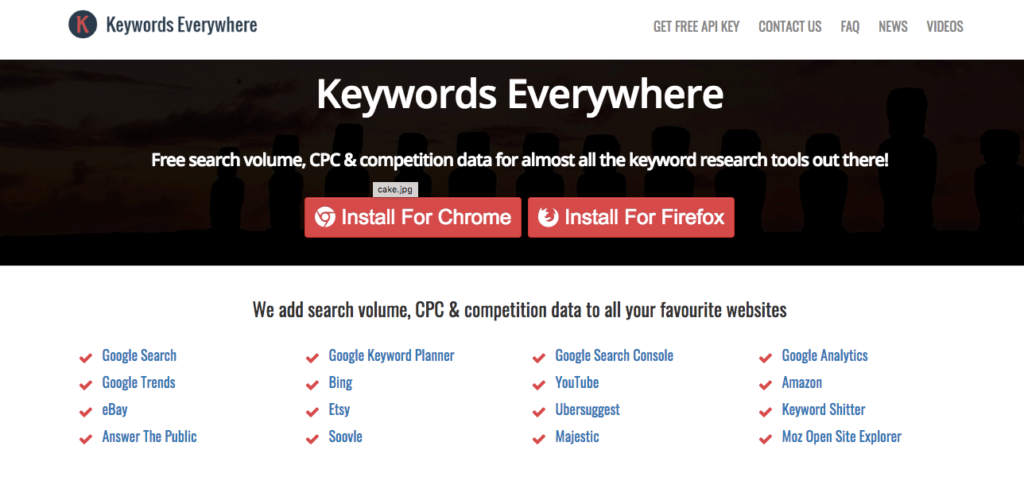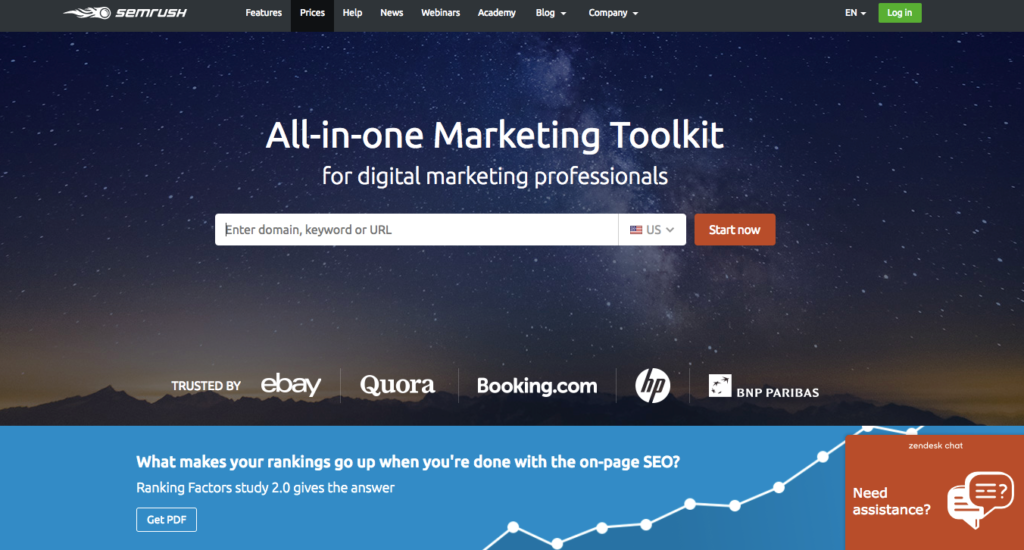
Do you struggle to get great SEO results from blogging? Here are some SEO mistakes that ruin your content marketing and answers to the common SEO questions. Join quality content marketing with an effective SEO strategy!

Common SEO Mistakes #1: Targeting The Wrong Audience
This is one of the most common SEO problems. First, you need to create content that is worth spreading. Then, take the time to understand who your target customer is and reflect on how they will be searching online.
You need to focus your content on those you want to reach and not just random groups of people. You can see if you are reaching the right customer by checking out the bounce rate (the visitors who come to your blog and leave without looking around). If your bounce rate is high, it means that you appear in the wrong search results, meaning you need to adjust your SEO strategy.
Targeting the wrong audience will not increase the business even if your SEO strategy sets you on top of the results page. Likewise, people searching for your business will have difficulty in finding you if you do not appear in the results for the right audience.
Successful SEO defines a particular audience in addition to driving numbers. It is best realized with targeting in mind – usually demographic targeting for a national vertical or geographic targeting for a local site. It uses file names, precise titles, Meta descriptions, and Meta tags, not just words picked to draw eyeballs of any type. A concentrated SEO effort can result in 50 to 100% growth in visits from search engines within a short period.
However, keep in mind: from SEO perspective, the key audience is actually the online influencers with the most power on Google. If you want to get the maximum of your business, target people who can link back to you from important, trusted, and authoritative sites.
Common SEO Mistakes #2: Using the Wrong Keywords
How to use the right keywords is one of the most common SEO questions. Well, first you need to do your research carefully before you start the optimization. It is best to use tools like the Google Keyword Planner or Chrome Extension called Keywords Everywhere for finding trending and suitable keywords.


Here are some of the risky SEO mistakes you can make with keywords:
Keyword Stuffing
Some SEO marketers think you should fill your blog posts with keywords in an attempt to rank higher in search results. That is wrong! Search engines are a lot smarter now and they recognize the keyword-stuffed content.
This type of blog post is unpleasant to read and often results in lesser quality or even complete illegibility. So, it is impossible to get it to rank well for the keywords you are going after if your blog post is full of keywords.
The best approach is to use relevant and appropriate keywords. Include your keywords when it is natural to do so. Choose keywords that are used by your target audience. Keep in mind that the ideal keyword is the one that has high volume and low competition.
It is best to use the main keyword along with similar words, as well as key phrases throughout the whole blog post. It is also very important to include these in the title and the sub-headers.
Not Researching Long-Tail Keywords
You probably optimize your blog for your head keywords and phrases. However, many requests on most sites have little to do with the head keywords, and actually are variations of the same.
For this purpose, you should check your blog with a keyword analytics tool. SEMRush is one of the ideal tools to do this. It reports traffic and search volumes, related keywords, competitors’ data on them, and trends.

A well-thought-out SEO strategy will target long tail keywords. These keywords are longer and have less traffic, consequently, less competition than head keywords. Long tail keywords are becoming very important, mainly because people are performing more searches on their smartphones.
Optimizing For Only One Keyword
That is one of the rookie SEO mistakes. You risk everything on one endeavor with optimizing for only one keyword.
However, that does not mean to create a new page for each keyword or key phrase you want to rank for. That is illegal and it is called creating keyword permutation pages.
Also, an important thing: Do not try to beat out the competition for its most high volume keyword. Instead, find gaps in their content, and exploit it.
Common SEO Mistakes #3: Links from Non-Credible Sources
People think that linking to any site will be favorable for their SEO strategy, but this is wrong. To make your link credible, you need to link to something highly relevant to the type of your content. So, get links that are relevant to your blog and industry, not outgoing links.
Yes, you can easily get a high volume of links, but you should place more importance on quality. You need to make your content valuable if you want people to link it. For example, linking from a popular website will boost the ranking of your blog than rankings than many other low-quality directory links.
Do not buy links from non-credible sources. They are probably from foreign websites, irrelevant pages, or inactive web pages. Those kinds of links are more of a liability than an asset. You should compile and reject low-quality links. For this purpose, use Google Search Console.
You should focus on creating high-quality content on your blog or website. If you write guest blog posts on high domain authority websites, it will help you to build up beneficial backlinks to your website.
Common SEO Mistakes #4: Duplicate Content
One of the most common SEO mistakes content marketers make when creating and promoting blog posts is duplicating content. Duplicate content can damage your business, rankings, and the website’s popularity. Besides copying from another site, content creators duplicate content from their own website or blogs. Two types of copying that will hurt your SEO are:
– Not unique Meta descriptions and title tags. A title page is very important SEO factor, so all your post titles should be unique.
– Duplicate content in many locations. Such duplication provides series of dilemmas to a search engine, like which content to retrieve for querying or which to exclude/include from the index. If a search engine meets such problems in ranking, it will translate into less traffic to the website and lower rankings.
How to avoid duplicate content?
Delete similar content: If you have many similar pages, consider combining the pages or expanding each page. One of the easiest ways to avoid duplicate content is to implement code on your website.
If you have different versions of the same content, you should create a robotics TXT code on those pages so the search engine robots cannot access. You can use the relative canonical tag on the domain to avow the favored domain for particular content.
Common SEO Mistakes #5: No Strong Social Media Presence
First, measure the baseline. What is your domain authority? How many Instagram followers, Twitter followers, Facebook fans, and Snapchat followers do you currently have? If something has many shares, comments, and likes on social media, it will ping Google’s authority signals and your rankings will jump. Strong social media presence will give you all the website traffic you desire.

Your rivals can be one of your greatest guides here. As you automate tracking for your own keywords, you should also track the efforts of your rival as their new content promotes. Use their effort as a test run. You can review the results of their efforts. For this purpose, use competitive intelligence tools like SEMRush, Searchmetrics, and SimilarWeb.


However, keep in mind that social media may waste your productive time and give you not much in return. So, the first step is to make great social media marketing strategy and stick without excuses for it.
Whether your plan is to gain followers and likes or to cement your brand’s authority, you must have a trustworthy team with well-defined goals and they need to make plans to accomplish the website’s goals. Step by step, they need to achieve those goals and, very important thing, set time limits to ensure you are not wasting precious time.
Conclusion
These common SEO mistakes from content marketers as targeting the wrong audience, using the wrong keywords, linking from non-credible sources, duplicating content, and not having strong social media presence will only hurt their rankings. Your SEO strategy should work together with your content strategy.
We hope that we gave you an opportunity to refine and improve your overall content strategy. Avoid these mistakes and make sure to have a unique and helpful content that other reliable writers and companies will naturally link to your posts.
If you are looking for more to boost your SEO Strategy, we compiled a complete SEO Strategy 101 Guide to help you get started implementing your own SEO strategy to get your website ranking!

